Articles on PET resin
Plastic bottles
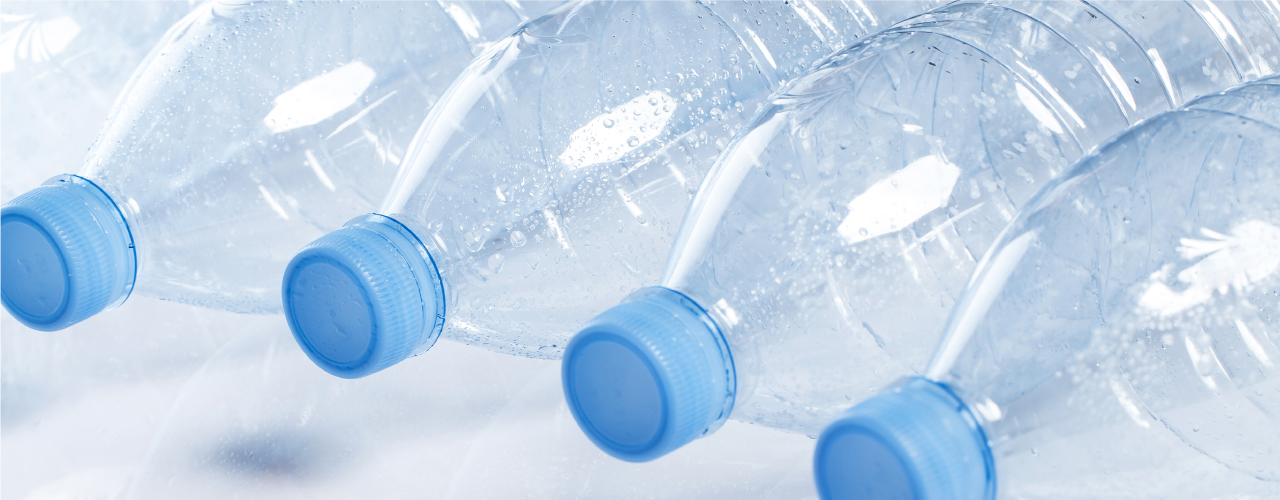
Many soft drink containers, which were previously sold in glass bottles and cans, were replaced with plastic bottles made from polyethylene terephthalate (PET). PET is a high strength plastic, and while it was used initially as synthetic fiber, molding from fiber to solid became possible and led to diverse uses other than plastic bottles. The weight of a plastic bottle is 1/7 to 1/10 of a glass bottle with the same volume. It has become an indispensable type of container which can be carried around easily, reduces fuel in transport, and is resistant to breaking even when dropped.
How plastic bottles are made from preform

Preform is the original form of a plastic bottle. It is plastic shaped like a test tube found in the manufacturing process of a plastic bottle before blowing it into a shape of a bottle. Many types of preforms are available to suit the designs of the plastic bottles that vary according to the content. Also, since preforms are smaller in volume than plastic bottles, the preforms are used as the format of transportation to the plastic bottle manufacturing plants, which contributes to the reduction of cost.
Manufacturing process of plastic bottles
-
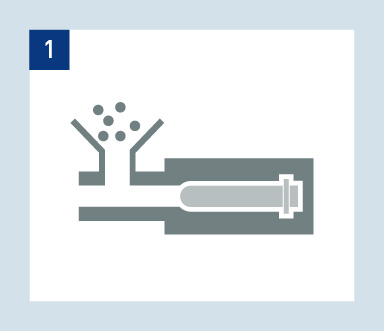
- 1. Manufacturing process of preforms
- Melt the resins and pour into a mold while pressurizing. After cooling, remove the contents to obtain the preform.
-
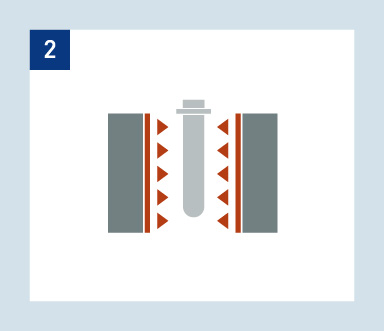
- 2. Manufacturing process of plastic bottles
- Heat the preform to about 100 ℃.
-
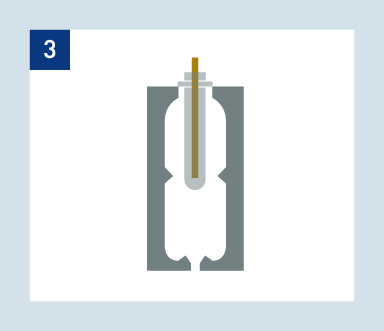
- 3.
- Pour the preform into the bottle mold.
-

- 4.
- Use a rod to stretch the preform vertically.
-
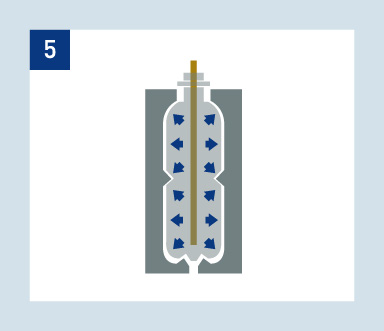
- 5.
- Blow the preform by injecting pressurized air.
-
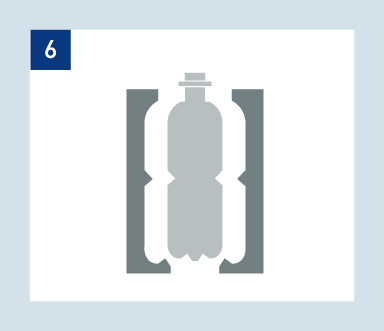
- 6.
- After cooling, open the bottle mold
and remove the finished plastic bottle.
Increasing diversity in types of plastic bottles

Plastic bottles are used to contain various beverages such as tea, juice, and water, as well as other products such as soy sauce and alcohol. They can be broadly divided into carbonate and non-carbonated type depending on the contents, and types such as heat-resistant, pressure-resistant, aseptic filling, and heat- and pressure-resistant plastic bottles are also available. A wide variety of designs and sizes are available as plastic bottles can be easily recycled, are hygienic and compliant with the specifications of the Food Sanitation Act, and are clear, strong, light in weight, and easy to process.
Various uses and types
-
- A. Plastic bottles for carbonated beverages (contains carbonated drink)
- The bottle is designed to prevent deformation due to the pressure of the gas generated by the carbonated beverages.
-
- B. Heat-resistant plastic bottle (used for high-temperature filling)
- The bottle is designed to prevent deformation of the bottle neck (mouth of the bottle) when filling at high temperature.
-
- C. Plastic bottles compatible with hot beverages (used for hot drinks)
- The bottle is designed to avoid spoiling the flavor and fragrance of hot beverages.
-
- D. General-use plastic bottles
- Normally suitable for non-carbonated drinks and filling at ordinary temperature under circumstances other than A, B, and C.
Reference/source: “The Council for PET Bottle Recycling”
What is the difference between the white and clear mouths of plastic bottles?
Plastic bottles have white and clear mouths according to the filling method. They are both made of the same material.
- [White mouth]
- It is important to make the mouth of the bottle heat-resistant so that it does not deform when pouring high temperature content during filling and sterilization. The plastic is heat treated, which causes crystallization and results in white color.
- [Clear mouth]
- The mouth of the bottle remains clear as “products with high nutritional values” and other products are sterilized at high temperature and immediately cooled before filling in the container under an aseptic environment at ordinary temperatures.
- Summary
- In convenience stores, we often see beverages contained in plastic bottles lined up in heaters, especially during the winter season. In order to market the products in a special heater for beverages set to 55 ℃ to 60 ℃, plastic bottles are required to have properties such as heat resistance, gas barrier properties, and low elution property. Heat-resistant plastic bottles with these characteristics can be said to play a role in covering the decrease in beverages sales during winter when demand falls.
- Author of this article
- Eishi MoritaCEO of TSUKASA PETCO CORPORATION, contributing to the global environment and customers through PET resin and chemicals
